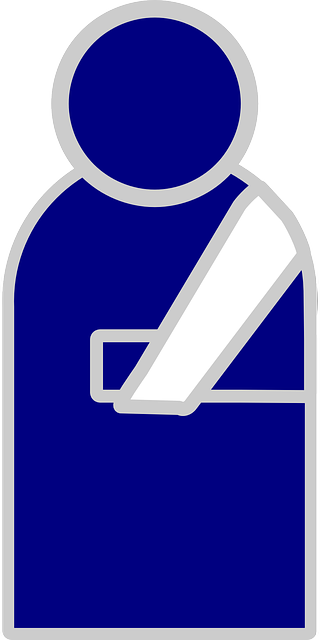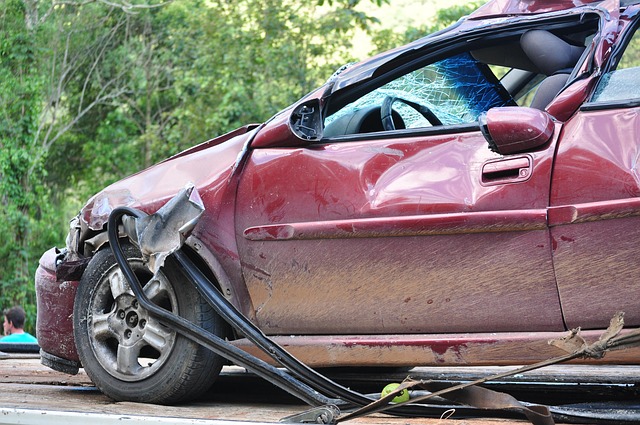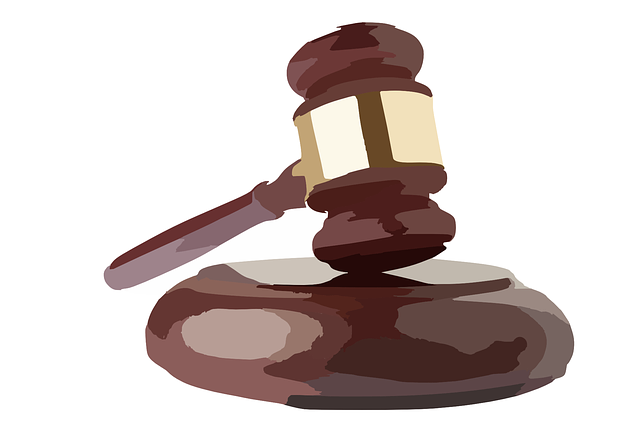Product defect injuries from medical devices to household goods can cause significant harm and financial strain, often due to design flaws or poor quality control. Vulnerable individuals face added challenges in pursuing justice, necessitating understanding of legal rights, gathering evidence (product, medical records, photos), consulting a specialized attorney for compensation, and taking prompt action within jurisdiction time limits. A strong case requires systematic steps: collecting evidence, documenting with witnesses, reporting to authorities, engaging a lawyer for guidance and maximizing recovery.
“Product defect injuries can have severe consequences, but understanding these incidents is key to seeking potential compensation. This article explores the various types and causes of such injuries, delving into the legal rights affected consumers have. We guide you through the process of filing a claim, emphasizing the importance of evidence and the steps to take immediately after an injury. By navigating these aspects, individuals can ensure they build a solid case for compensation.”
- Understanding Product Defect Injuries: Types and Causes
- Legal Aspects: When and How to Seek Compensation
- Building a Solid Case: Evidence and Steps to Take After an Injury
Understanding Product Defect Injuries: Types and Causes

Product defect injuries can result from a variety of defective products, leading to significant physical harm and financial strain on victims. These injuries are often caused by design flaws, manufacturing defects, or poor quality control, where products fail to meet safety standards. For instance, defective medical devices, faulty automotive parts, or unsafe household goods can all lead to severe slip and fall injuries, burns, or even wrongful death.
Understanding the types of product defect injuries is crucial, as it helps victims recognize their rights. Cases may involve fiduciary duty breaches where manufacturers or sellers neglect their responsibilities, leading to consumer harm. In elder law scenarios, vulnerable individuals might be at a higher risk of sustaining product defect injuries due to limited mobility or cognitive impairments, further complicating their path to justice and compensation.
Legal Aspects: When and How to Seek Compensation

When dealing with a product defect injury, understanding your legal rights is crucial. If you’ve been harmed due to a defective product, the first step is to gather evidence – this includes the product itself, any medical records related to your injury, and photographs of both the product and your injuries. It’s important to act promptly as time limits for filing claims vary by jurisdiction.
Seeking compensation for a product defect injury involves navigating complex legal landscapes that often involve product liability laws. Consult with a qualified attorney who specializes in commercial disputes or product liability to understand your options. They can guide you through the process, which may include negotiating with manufacturers or taking legal action against them. Remember, your rights as a consumer are protected, and you deserve fair compensation for any suffering caused by a defective product, whether it results in minor injuries or elder abuse.
Building a Solid Case: Evidence and Steps to Take After an Injury

After suffering an injury due to a defective product, building a solid case is crucial for pursuing compensation. The first step is to gather evidence – this could include product photographs, medical records detailing the extent of your injuries, and any documentation regarding the purchase or use of the item. Testimonials from witnesses who observed the incident can also be invaluable.
Next, promptly report the defect and injury to the appropriate authorities, especially if there’s a potential for similar incidents. This isn’t just about ensuring safety but also building a record that supports your case. A lawyer specializing in product liability or business litigation can guide you through the legal process, helping to navigate any partnership disagreements that may arise, ultimately aiming to secure client recovery.
Product defect injuries can have significant impacts on individuals’ lives, but understanding your legal options is crucial. If you’ve experienced harm due to a defective product, knowing the types of damages you may be entitled to, how to gather evidence, and the steps to take after an injury can empower you to seek compensation. By familiarizing yourself with these aspects, you can navigate the legal process more effectively and potentially secure the redress you deserve for your product defect injury.






